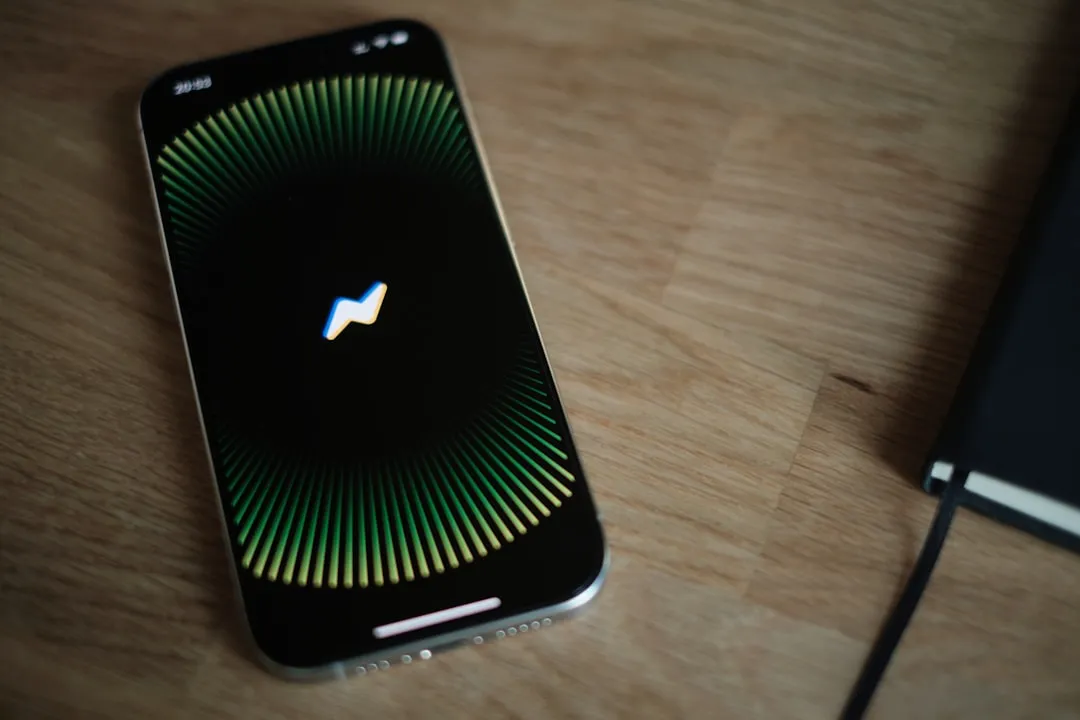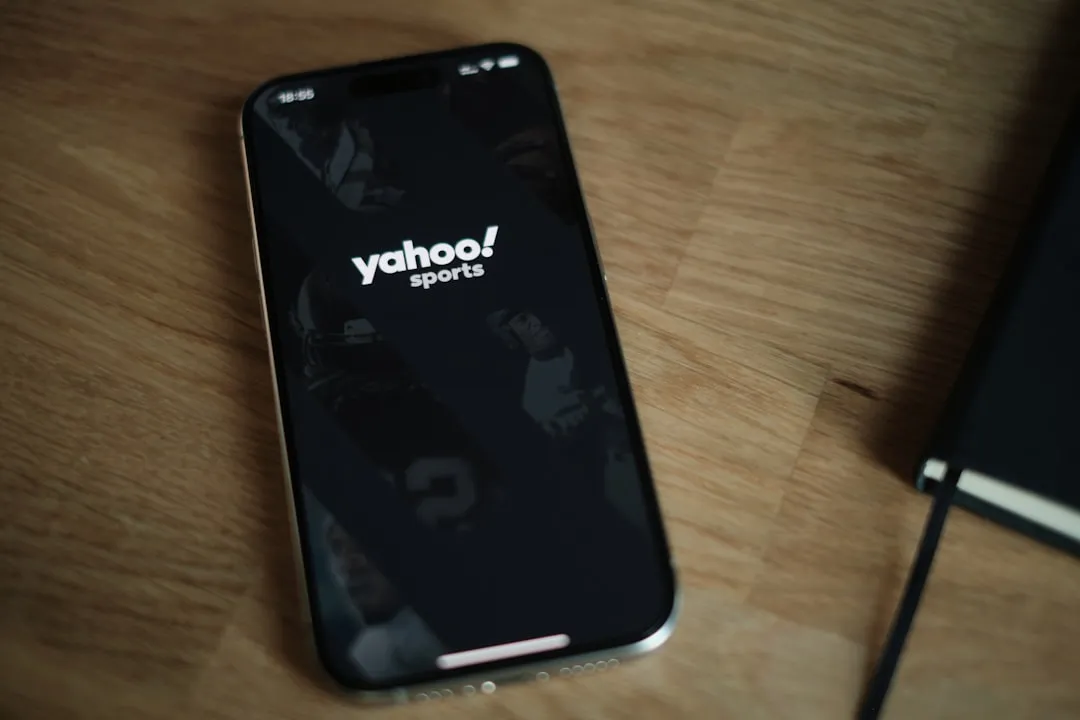When Apple recently unveiled iOS 8, many of the newly-added features in their mobile OS seemed eerily familiar to Android users. This is probably because the vast majority of these new features have been available in Android for quite some time.
If imitation truly is the sincerest form of flattery, Google should be blushing right about now.
On one hand, Apple's vertical integration allows it to offer a certain consistency across devices. On the other, Google's strong web presence enables it to accomplish the same tasks across platforms.
Since competition always benefits the consumer, fans of both ecosystems can rejoice in the newly-narrowed gap in functionality between the two. And in the spirit of one-upmanship, we'll all patiently await Google's next move, slated for the end of June. But until then, let's have a look at all of the new Google-inspired features of iOS 8 and their existing Android equivalents.
1. Hotword Detection
Siri and Google Now have been in direct competition for a couple of years now. Originally, Google offered up Voice Commands, which allowed users to speak to their phones for the first time. Apple responded by buying the company behind Siri, ushering in the concept of a voice-controlled personal assistant.
Google created Now in response, then added an "Always-listening" hotword detection service that allowed you to control the service hands-free.
With iOS 8, Apple has attempted to recreate this functionality with Siri. Simply saying "Hey, Siri" will cause the personal assitant to begin listening for your query.




One major caveat here is that, unlike the Moto X or the Google Experience Launcher, "Hey, Siri" only works when the charger is connected. But it's a fine start and surely Apple will add the proper hardware capabilities for a truly "Always Listening" experience in their new iPhone.
2. Music Recognition
On the subject of voice recognition, a joint venture with Shazam has brought music recognition to iOS 8. This feature, of course, has been available through Google Now for some time, and the functionality is strikingly similar.
For iOS 8, a long-press of the Home button will call up Siri and she'll begin listening for music. With the Google Experience Launcher, a simple "Okay, Google, what song is this?" will do the trick, and Google Now will offer a "music note" icon that you can manually hit to identify songs (or TV shows).






Both services offer up a result that also links to their respective music catalogues for purchase.




3. Third-Party Keyboards & Next Word Suggestions
Another Android mainstay that has made its way into iOS 8 is the ability to change keyboards. An integral part of Android since version 1.5, this feature led to many input innovations such as the gesture-based Swype, prediction-pro SwiftKey, and the space-saving Minuum.
Apple demoed Swype in particular during its WWDC keynote. Other third-party keyboards have already begun readying their wares for iOS compatibility, so this is another gap that will surely close soon.

Swype on Android.

Fleksy on iOS.

Hodor keyboard concept on iOS.

Swype on Android.

Fleksy on iOS.

Hodor keyboard concept on iOS.
Another keyboard-related tweak announced at WWDC was a next-word prediction feature on Apple's own stock keyboard. As you type, the keyboard suggests words that you can tap to fill in automatically.
This has been a feature of Android since its inception, but Apple's version goes a step further by using context such as keywords inside of messages to offer richer predictions.




4. Widgets
Yes, you read that right—iOS has finally introduced widgets to the iPhone and iPad. Android's widget system has allowed users to view at-a-glance info and even interact with apps directly from the home screen for years, but Apple's implementation of this functionality is a bit different.
Widgets are only available through the Notification Center in iOS 8, but any third-party app developer can add the functionality to their apps.

Weather widget in Android.


Weather widget in Android.

5. Rich Notifications
After Android introduced the notification panel, iOS implemented a similar feature to see new messages. Google responded with Rich Notifications, allowing you to interact in various ways with new incoming messages.
iOS 8 has adopted a similar functionality, even taking it a bit further than Google's implementation by adding the ability to type a response directly from some notifications.






Third-party SMS apps like EvolveSMS offer a similar function to iOS's new system, allowing you to reply within a floating window, meaning you won't need to leave your current app to send a message.




Of course, with an app like EvolveSMS, you can do more than just reply to a message—create a new one, swipe through your conversations, insert attachments, and more—without ever leaving your current app. For a more discreet look, there's 8sms and ChompSMS.
6. Cross-App Interaction
One of the biggest advantages that Android has long held over iOS is the ability for apps to share data amongst themselves. iOS 8 has started down this path, already allowing some apps to share info between them.




Apple still hasn't allowed users to set default apps to handle certain functions, and may never will. Android users can set almost any app as the default handler of specific kinds of media.

7. Camera Features
Two new features are being added to the iOS 8 camera app—self-timer and burst mode. Google's camera app recently added self-timer functionality back in after a brief absence, but a burst mode is not available in the stock app, but that's just Google's Camera.




HTC, LG, Sony, and Samsung devices have proprietary camera apps that have long had timers built-in, and most have some sort of burst shot capability.
Of course, with the "default app" functionality mentioned earlier, Android users can set a third-party app with burst mode functionality as their default shooter.

8. Automatic Photo Backup
Thanks to another new feature introduced at WWDC, iOS 8 users will have every picture they take immediately backed up to iCloud, with less limitations of their current Photo Stream feature. This new feature has been present in Android for some time—first, with Picasa Web Albums, then with Dropbox and Facebook, now with Google+ Photos.




These iCloud photos, much like the stock Photos app on Nexus devices, will be integrated seamlessly amongst the on-device photos.




9. Cross-Device Continuity
This is one area where Apple has always excelled. Their "closed" ecosystem leads to easy interoperability between devices, as Apple themselves build the hardware and maintain the software on all of their devices.
One of the more interesting additions announced alongside iOS 8 was an ability to read SMS messages on your desktop or laptop. iMessage offers several nice features, and Google's own Hangouts gives Android users much of this functionality.
As a cross-platform service, Hangouts allows you to pick up where you left off on any device, running virtually any software.




Unfortunately, though, Hangouts can't offer the SMS-mirroring functionality unless you use Google Voice with Sprint cell service, so there's one thing Apple's pulled ahead on.
Other device-syncing options offered by Apple can be emulated on Android, and nothing out there beats the functionality of Pushbullet, which takes cross-app sharing to the next level. Using such a service, data (even SMS notifications) can be shared between your Android device and almost any desktop operating system.




All in all, Apple's mobile OS has come a long way with its latest iteration. Smartphone users can be certain that the envelope will continue to be pushed as the two major brands get closer in functionality.
What's next for Android? Will it take the next step and further separate itself from iOS? That remains to be seen, but Google's I/O is right around the corner, so stay tuned.
Cover image via wallpaperinhd


























Comments
Be the first, drop a comment!